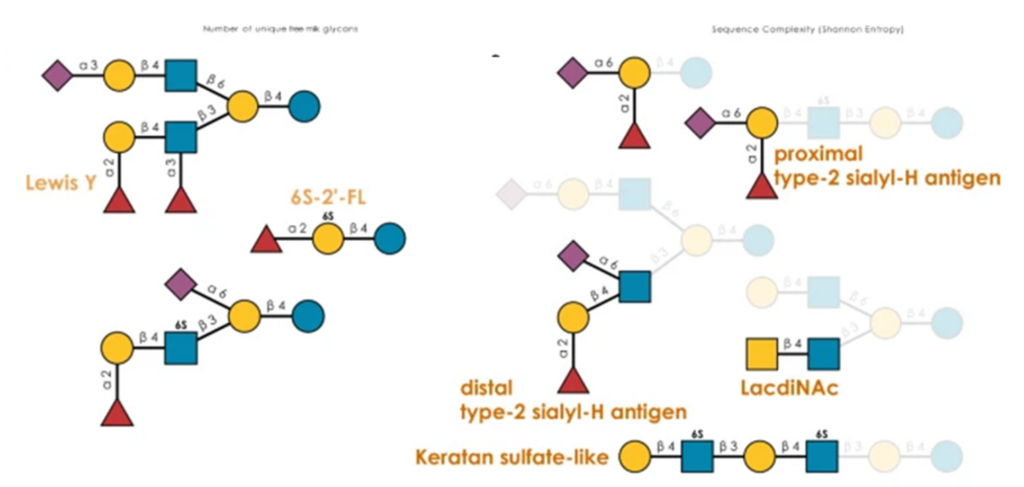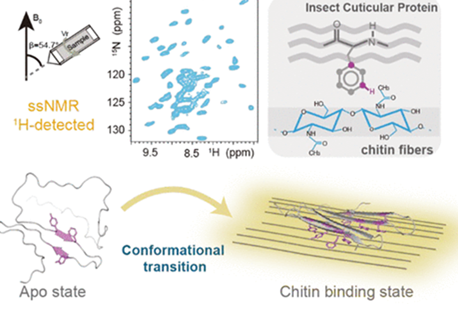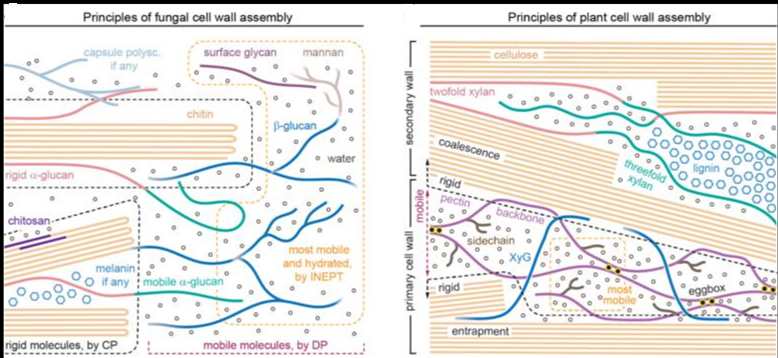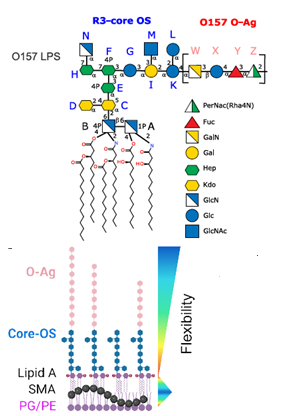The introduction of agriculture triggered a rapid shift toward starch-rich diets in the human population. Amylase genes facilitate starch digestion, and increased amylase copy number has been observed in some modern human populations with high starch intake, although evidence for recent selection is lacking. The authors used 94 long-read haplotype-resolved assemblies and short-read data from approximately 5,600 contemporary and ancient humans. They resolved the diversity and evolutionary history of structural variation at the amylase locus. They found that amylase genes have higher copy numbers in agricultural populations than in fishing, hunting, and herding populations.
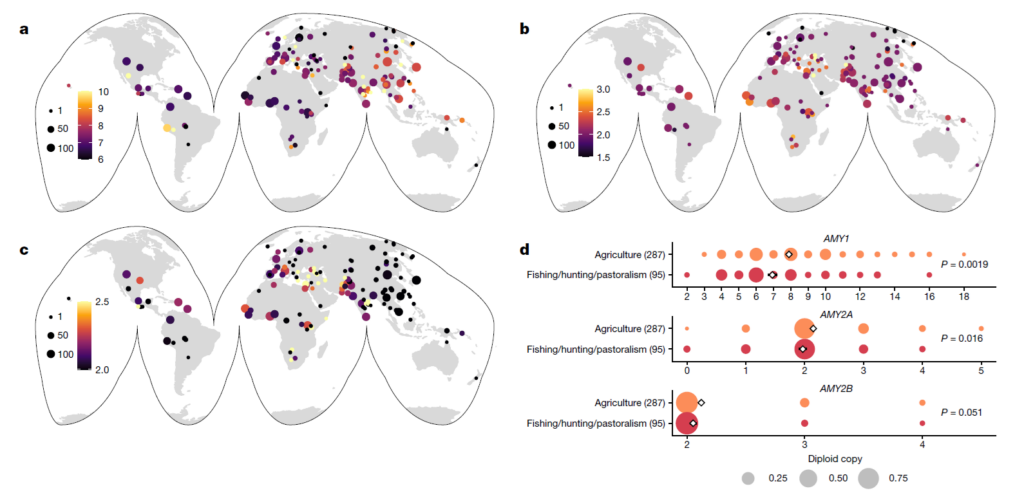
The authors have identified 28 different amylase structural architectures and show that nearly identical structures have repeatedly emerged on different haplotype backgrounds throughout recent human history. The AMY1 and AMY2A genes have each undergone multiple duplication/deletion events with mutation rates up to more than 10,000 times the single nucleotide polymorphism mutation rate. In contrast, the AMY2B gene duplications share a single origin. Using a pangenome-based approach, the authors infer in thousands of humans, identifying extensively duplicated haplotypes at higher haplotypes at higher frequencies in modern agricultural populations. Leveraging 533 ancient human genomes, they found that duplication-containing haplotypes (with more gene copies than the ancestral haplotype) have rapidly increased in frequency over the last 12,000 years in Western Eurasians, suggesting positive selection. The study highlights the potential impact of the agricultural revolution on human genomes and the importance of structural variation in human adaptation.

